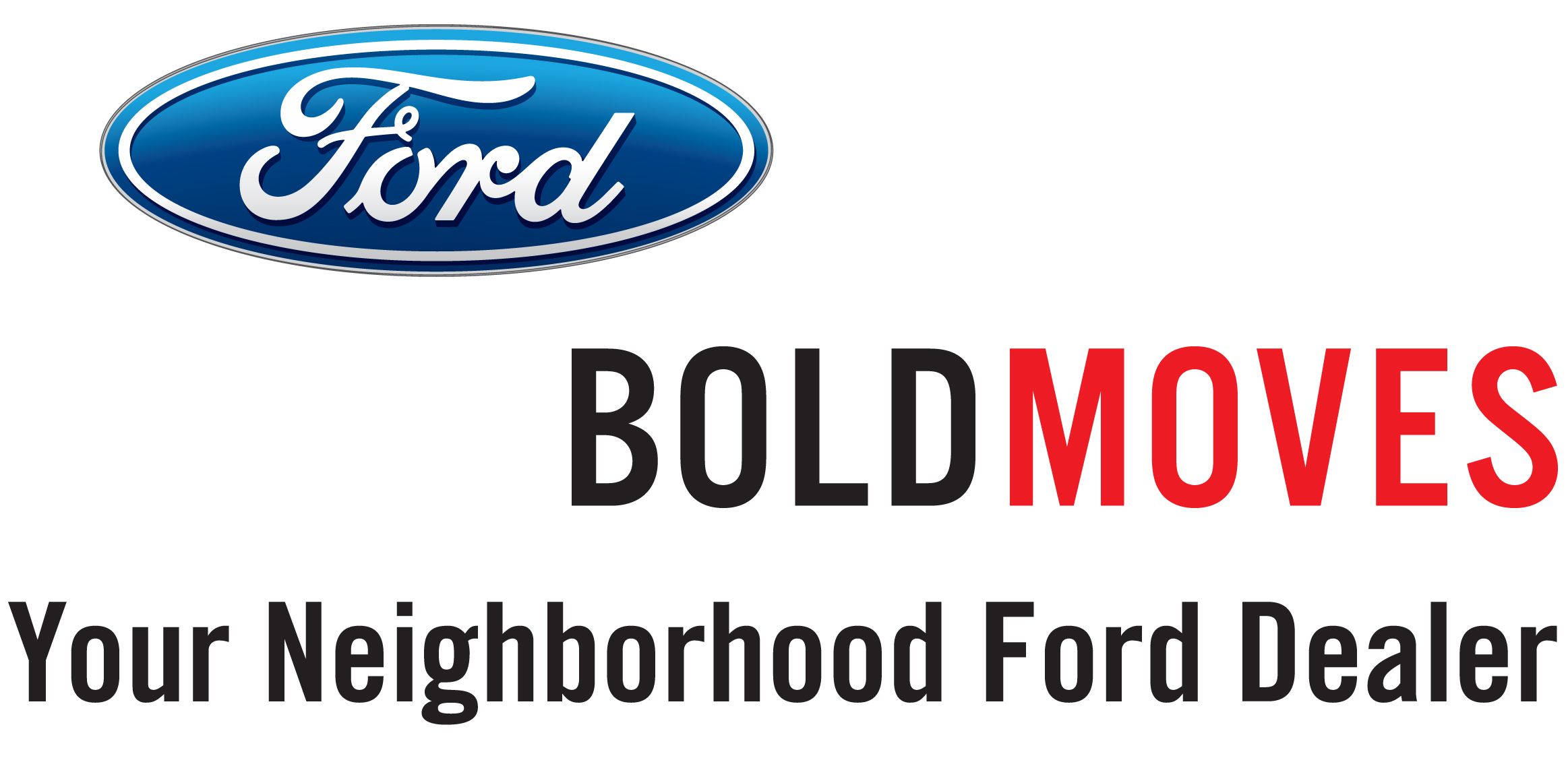The check to Daimler had barely cleared the bank and Chrysler was telling dealers that it was going to cut model overlap. Now, over a year after Ford got new management, apparently it has arrived at a similar conclusion.
Alan Mulally, the Ford CEO has told Automotive News, an industry publication, that Ford will be cutting models – “drastically” – to reduce consumer confusion and to cut manufacturing and distribution costs, as well as reduce management time. By reducing the model mix a dealer would be expected to stock, Ford hopes dealers will be able to hold more strong-selling models in inventory.
“You can dramatically transform that product line over a very short time,” Mulally told Automotive News.
For what, then, has Mulally been waiting?
Rebadging the Ford 500 as the Taurus was the perfect opportunity to ditch the Mercury equivalent, the Sable. Didn’t happen. Granted, Ford has decided to dump the Lincoln version of the F-150, but that was only because its sales were so dismal that it wasn’t worth the effort. Apart from that, however, model overlap is no different now than it was when Mulally took over. The only real exception is the handful of new models recently introduced, such as the Edge, for which there is no Mercury clone.
Mulally did not give a time-frame for ending model overlap, but the implication of his remarks was that the company would be acting quickly. If so, that cannot be good news for the Mercury brand. From its inception, Mercury has always been a brand that overlapped something else at Ford. Of late, it has been a line that included nothing but Ford clones. If you delete from the Mercury dealer lot those cars which are also sold as Fords, what’s left?
Perhaps Mulally merely means to more precisely define models within the Ford line-up, or to eliminate overlap in their price structures, but that neither fits the notion of eliminating the number of vehicles in the company’s line-up or the idea of clarifying product identity.
More than likely, Ford intends to eliminate the Ford Crown Victoria, the Mercury Marquis, and the Lincoln Town car – and not replace them with anything similar. The plant that makes those cars is running at barely over 50% of capacity. Ford would be better off shutting it down than continuing to operate it. Ford has already restricted Crown Victoria’s to fleet sales, and that has presaged dropping the model in the past. Dumping the models would get rid of the dowdy images of the brand these vehicles convey.
Getting rid of the Marquis and Town Car, however, would take from Lincoln-Mercury dealers one of the few steady sellers they’ve got. Those cars may sell to a geriatric crowd, but the over-60 generation is still very well populated. Take that away, and the remaining products have lots of competition – much of it with the Ford oval on the car.
In the end, however, the basic question certainly remains: why has it taken Ford management so long to arrive at this not particularly revolutionary conclusion? Has the learning curve for the former Boeing executive been that long? Does Mulally have opposition internally at Ford that is slowing him down? Is the Ford family meddling in the decision-making process?
Whatever the reason, this certainly isn’t an example of “Bold Moves.”

